An Afro-Colombian woman peels a freshly cooked chontaduro (peach palm) fruit with a knife on the porch of her house in Quibdó, Chocó, Colombia.
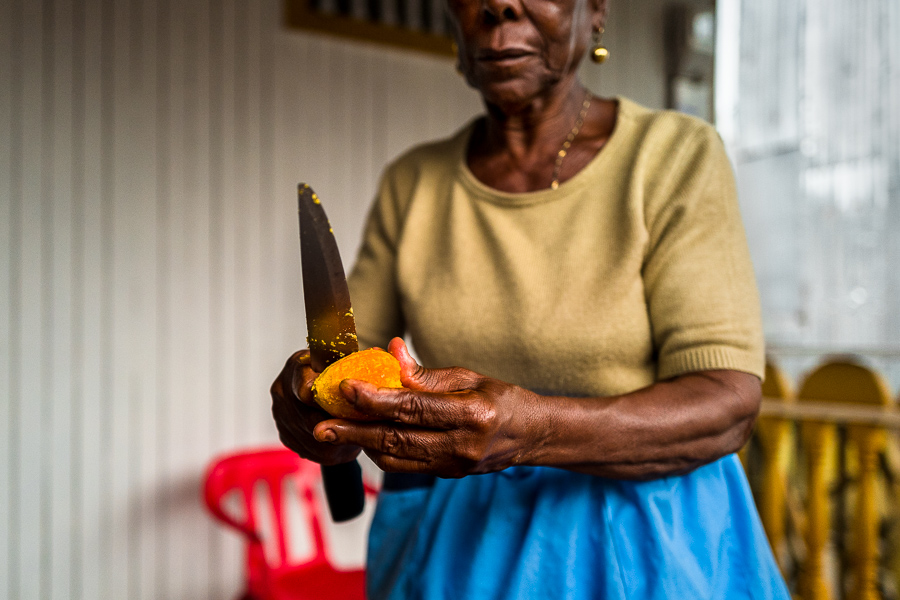

An Afro-Colombian woman salts freshly cooked chontaduro (peach palm) fruits on the porch of her house in Quibdó, Chocó, Colombia.
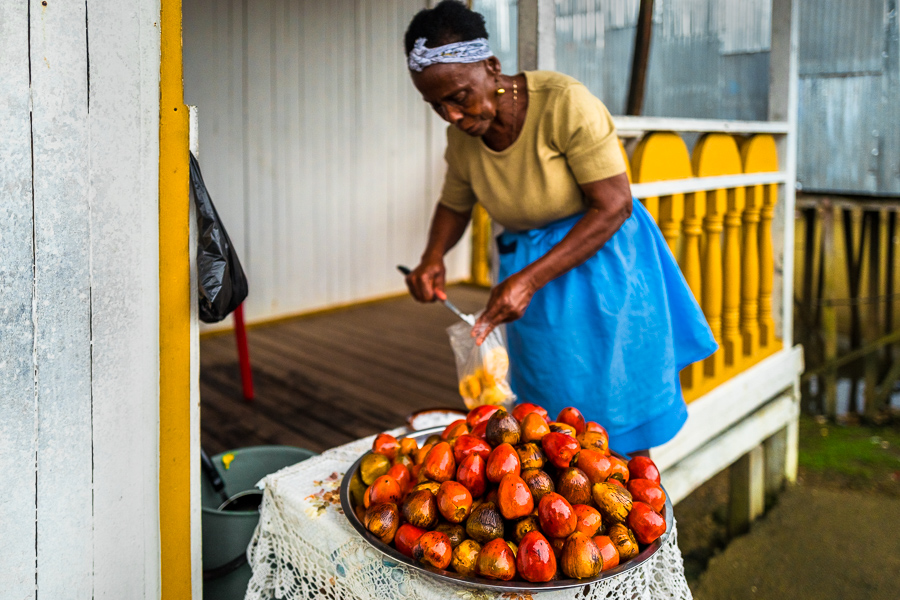

Freshly cooked chontaduro (peach palm) fruits are seen offered for sale in front of a house in Quibdó, Chocó, Colombia.
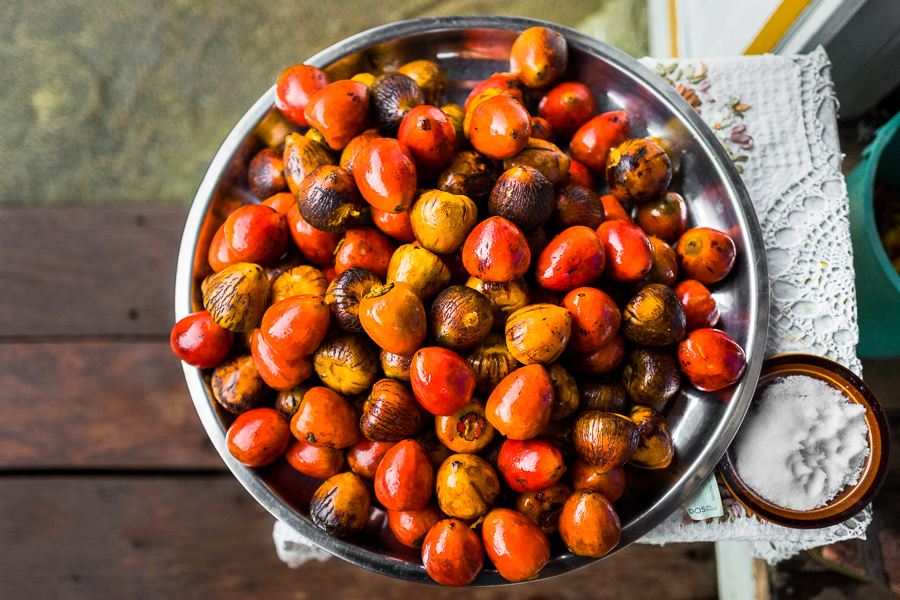

Chontaduro superfood
Quibdó, Chocó, Colombia – October 2019
Chontaduro, a palm tree native to humid tropical forests, has been grown by indigenous people in the Americas since ancient times. Today, the peach palms are often cultivated by smallholders in agroforestry farms in the Pacific lowlands of Colombia. Although chontaduro fruits must be cooked for a couple of hours before consumption, it is one of the most popular Colombian street foods, usually served with salt and honey. The pulp of a boiled chontaduro is dry and has a starchy flavor. Due to its richness in essential oils, unsaturated fatty acids, proteins, and high nutritional value, chontaduro is considered a superfood.
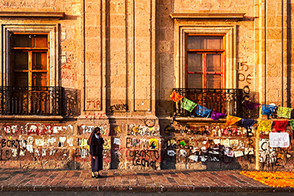
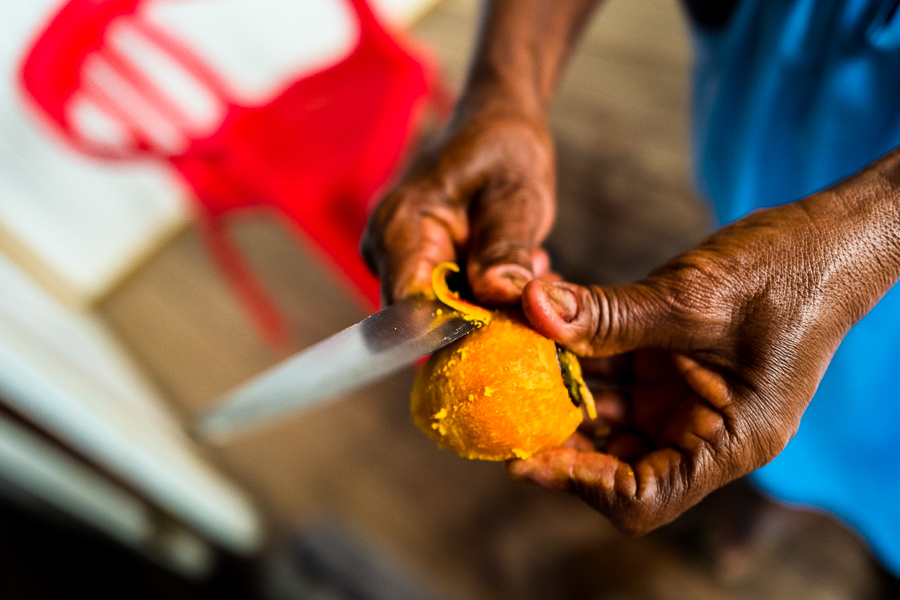
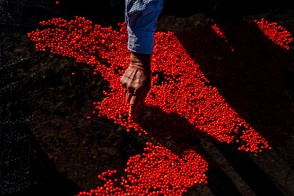
no comments yet